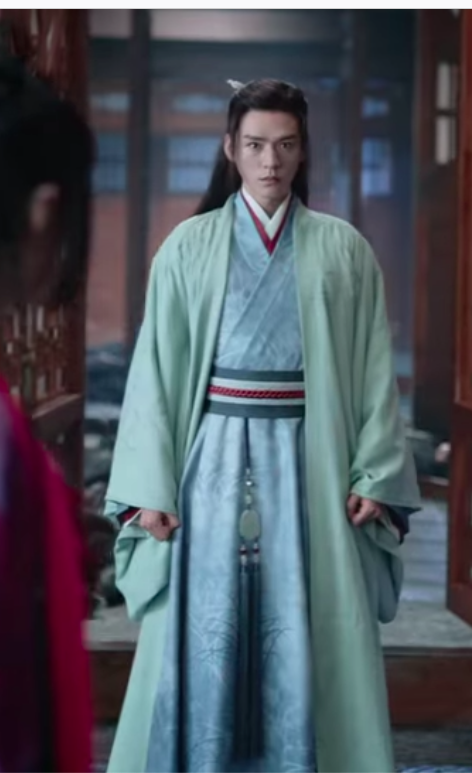A Journey Through Traditional Chinese Sartorial Elegance
The art of hanfu making is a testament to the rich cultural heritage of China, a country with a history spanning thousands of years. This traditional attire, with its intricate designs and symbolism, has been a significant part of Chinese culture, reflecting the social status, philosophy, and aesthetics of its people. As we delve into the world of hanfu making, we embark on a journey that transcends time, connecting us with the ancient wisdom and elegance of the past.

The Historical Significance of Hanfu
The hanfu making process is steeped in history, with the earliest forms dating back to the Zhou Dynasty (1046–256 BC). Over time, it evolved through various dynasties, each leaving its unique imprint on the design and construction of the attire. The Hanfu, as it came to be known, was not merely clothing but a canvas for expressing the cultural identity and values of the Chinese people.
The Art and Craft of Hanfu Making
The craftsmanship involved in hanfu making is a delicate interplay of artistry and technique. Each piece is meticulously constructed, with attention to detail that reflects the harmony and balance inherent in Chinese philosophy. The choice of materials, such as silk and brocade, is carefully considered to ensure both comfort and the visual splendor that is synonymous with the Hanfu.

Symbolism and Aesthetics in Hanfu
The Hanfu is replete with symbolism, from the dragon motifs that represent imperial power to the intricate embroidery that signifies social rank. The color choices are also symbolic, with red often associated with joy and good fortune. The aesthetics of hanfu making are deeply rooted in the principles of feng shui and the belief in the harmony between humanity and nature.
Contemporary Relevance of Hanfu Making
In the modern era, the resurgence of interest in hanfu making has been fueled by a desire to reconnect with traditional Chinese culture. The Hanfu movement, as it is known, has gained momentum among young people who see the attire as a form of cultural expression and a means to preserve their heritage. This contemporary interest has breathed new life into the craft, ensuring its survival and evolution.

The Cultural Exchange through Hanfu Making
The art of hanfu making has also become a bridge for cultural exchange, with international enthusiasts embracing the beauty and philosophy of this ancient attire. Through fashion shows, cultural festivals, and online platforms, the Hanfu is sharing its story with the world, fostering a greater understanding and appreciation of Chinese culture.

The journey through hanfu making is more than a mere exploration of clothing; it is an immersion into the heart of Chinese culture. Each stitch, each fold, and each pattern carries with it a story, a belief, and a tradition that continues to inspire and captivate. As we appreciate the elegance and artistry of the Hanfu, we also acknowledge the enduring legacy of a culture that values beauty, harmony, and the interconnectedness of all things.








I’m a fashion enthusiast from New York, and I recently purchased a hanfu. The craftsmanship and attention to detail are outstanding. It’s a beautiful piece of art that I’m proud to wear.
I’m a fashion influencer, and I recently did a hanfu-inspired photoshoot. The response was incredible. People were fascinated by the beauty and symbolism of hanfu. It’s a trend that’s gaining momentum.
I’m a textile artist, and the art and craft of hanfu making is a source of endless inspiration. The delicate interplay of artistry and technique is something I strive to incorporate into my own work. The use of symbolism and aesthetics is deeply rooted in Chinese philosophy.
I’m a sustainability advocate, and I appreciate the environmental friendliness of hanfu making. The use of natural materials like silk and the emphasis on durability and longevity are commendable. It’s a sustainable fashion choice that aligns with my values.
I’m a fashion designer from Paris, and I must say, the craftsmanship involved in hanfu making is unparalleled. The attention to detail and the use of silk and brocade are truly remarkable. It’s fascinating how each piece tells a story and reflects the wearer’s social status.
I’m a student of Chinese philosophy, and I appreciate how hanfu making reflects the principles of harmony and balance. The use of symbolism and aesthetics is deeply rooted in Chinese philosophy, making it a unique and meaningful form of attire.